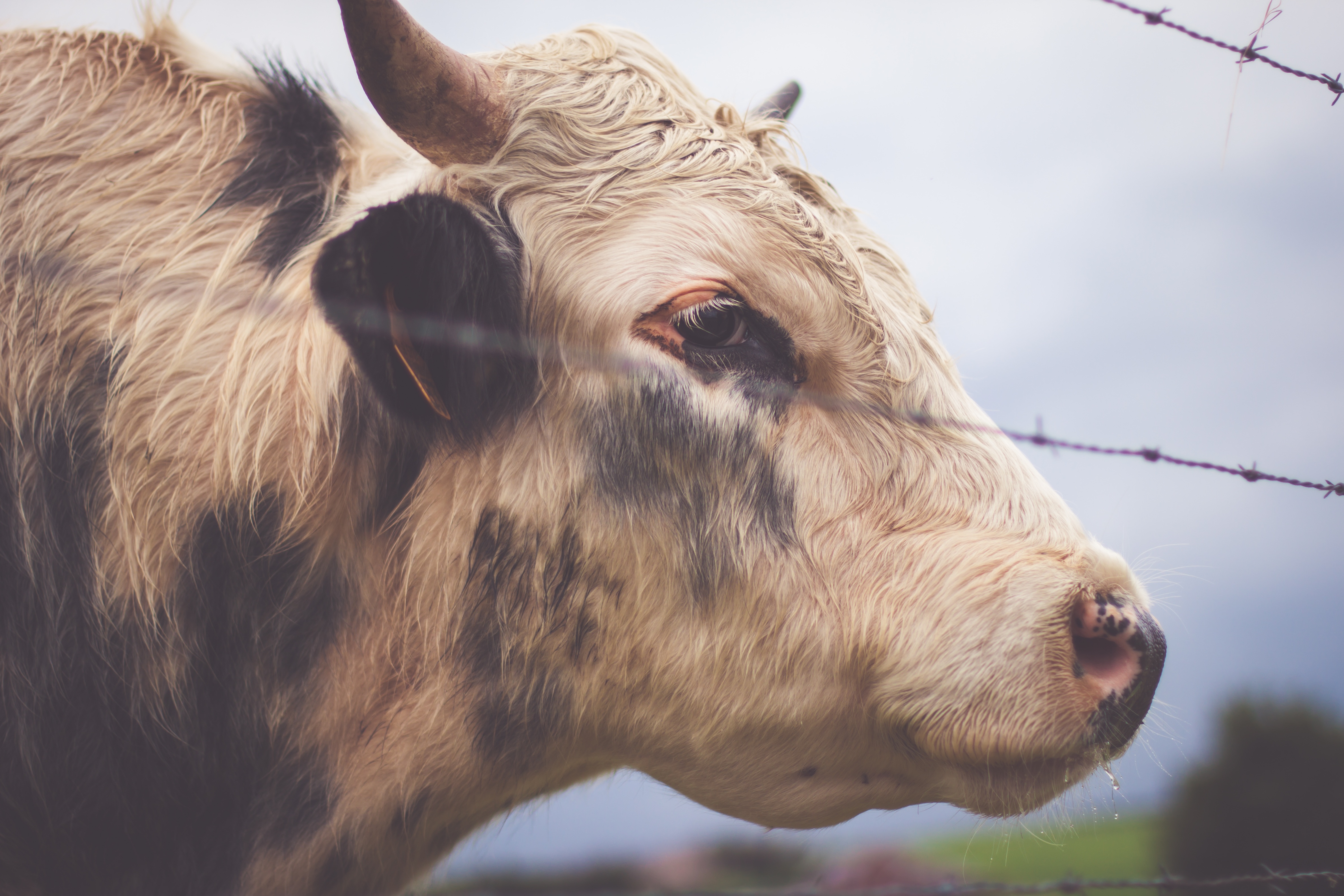
Milk forms part of a healthy diet in humans. It is a great source of calcium—essential for keeping our bones and teeth strong—and protein, which we need for our bodies to grow and repair themselves. Vitamin B-12, vitamin A, vitamin D and potassium are all good for us and are present in milk, and the fat milk contains provides a good source of calories for young and developing children.
Milk is the primary source of nutrition for all young mammals. Early-lactation milk contains colostrum, which carries the mother’s antibodies to its young and can reduce the risk of many diseases. Humans, however, are the only animals that continue to consume milk beyond infancy, and use the milk of other animals as a food product.
Most milk we consume comes from cows. In 2013, world cow’s milk production stood at 636 million tonnes. But there are many species from which we get milk—here are some examples, and how their milk measures up against the cow’s.
Buffalo

Photo by Cylonphoto / Shutterstock
Buffalo milk is consumed in south Asia and Italy, with India, China and Pakistan being the biggest producers. It is rich in calcium and a good source of minerals such as potassium, phosphorus and magnesium. It also contains 43% lower cholesterol than cow’s milk and 40% more protein, however the fat content is very high—100% more than cow’s milk. Buffalo milk produces thick and creamy dairy products suitable for the manufacture of yoghurt and cottage cheese as well as indigenous milk products like ghee.
Goat

Goat husbandry has been a part of agriculture almost since the first use of domestic animals. Today, its popularity is increasing throughout the world with a rise in small herds being kept by (predominantly poor) individuals. Goat’s milk is widely produced in West and Central Africa and the Caribbean, usually for household consumption. It contains more calcium, magnesium, vitamin A, vitamin C and potassium than cow’s milk. However, it also has more saturated fat and calories, and certain breeds produce rather unpleasant, musky tasting milk.
Sheep

Photo by Caruso Christian / Shutterstock
Before we started milking cows we were milking sheep. More than half of the world’s sheep population is in developing countries, but most sheep milk is produced in the Mediterranean region. This milk is highly nutritious, being richer in vitamins A, B and E, calcium, phosphorus, potassium, and magnesium than cow’s milk. But milking sheep can be tricky—they are natural prey animals so have difficulty ‘relaxing’. If they are scared even slightly, their bodies produce adrenaline which counteracts the production of milk.
Camel

Photo by Paul Prescott / Shutterstock
Camels are found in Africa and Asia, kept mainly by nomads. Camels can produce more milk from poor feed than any other dairy species—in northern Kenya camels produce far more milk than cattle. Milk is normally produced under low-input, low-output systems, in countries such as Somalia, the largest camel milk producer, as well as Mali, Ethiopia, Niger and Saudi Arabia. Camel’s milk and cow’s milk have similar nutrient contents, yet camel’s milk has a very short shelf-life—half that of cow’s milk.
Donkeys and Horses

Photo by Lars Christensen / Shutterstock
The milk from donkeys and horses have similar compositions, both being relatively poor in fat and protein. They are mostly consumed fermented. Horse’s milk is more commonly used for dairy purposes in cold climates, and donkey’s milk in dry semi-arid regions. Horse milk is an important source of animal protein for pastoralists in Mongolia and throughout the steppe areas of Central Asia. Consumption of donkey’s milk has become marginal, mostly confined to African communities for medicinal purposes. An equine will not release milk unless it is stimulated by the presence of its foal, and has to be milked five or six times a day.
Reindeer

Photo by Popova Valeriya / Shutterstock
Reindeer milk is poor in lactose (a healthy sugar) and has six times the fat content of cow’s milk. Intensive reindeer breeding, necessary for producing considerable amounts of milk, was developed in Scandinavia 300-400 years ago. It is very labour intensive as two people are involved—one to do the milking, the other to hold the reindeer’s antlers. Output is also poor, with only around 200 grams per reindeer per day being produced.
Yak

Photo by Gary Yim / Shutterstock
Yaks live predominantly on the Qinghai-Tibetan Plateau, known as the ‘roof of the world’. Milk has higher fat and protein content than cow’s milk but is only produced by small-scale farmers in traditional systems. These are highly influenced by climate and seasons—in winter, only a small amount of milk is produced. It makes up an important part of the diet of native herders, with as many as 40 cups being consumed per day. Yaks being kept for milk must be trained for close handling as young calves if they are to become docile milk cows, and not deliver their highly accurate kicks during the milking process.
Moose

Moose milk production has been commercialised in Russia, although Sweden uses the milk for the production of cheese. Compared to cow’s milk, it contains much higher levels of aluminium, iron, selenium and zinc, and is higher in protein. However, moose only lactate between June and August, and this is conditional on a good supply of high quality forage. A disturbed moose’s milk quickly dries up so it is a time consuming process—it can take hours to get the full yield from these animals.
